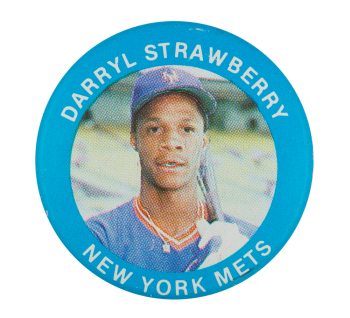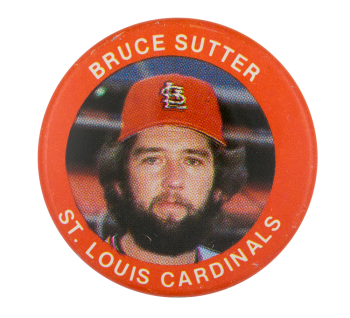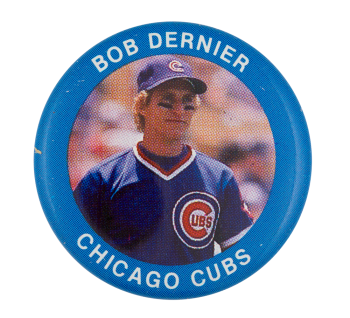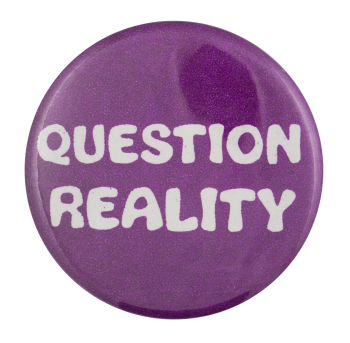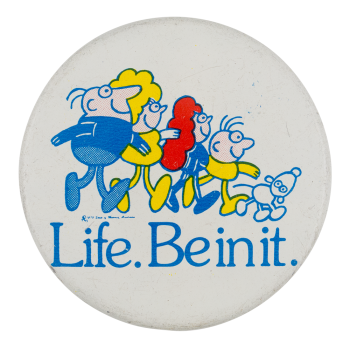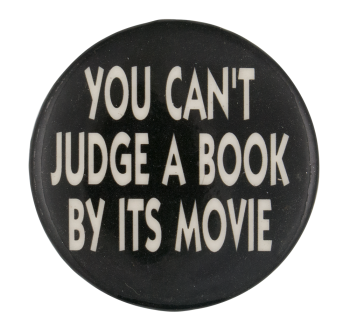Darryl Strawberry New York Mets
| Category | |
|---|---|
| Additional Images | |
| Sub Categories | |
| Text on Button | Darryl Strawberry New York Mets |
| Image Description | Blue border with white text, and a photograph of Darryl Strawberry posing in his uniform. |
| Back Paper / Back Info |
FUN OODS |
| Back Style | |
| The Shape | |
| The Size | |
| Year / Decade Made | |
| Additional Information | Darryl Strawberry was a baseball player, who played for several teams including the New York Mets, and whose career lasted from 1983 to 1999. Strawberry was a right fielder, and was an 8 time All Star player. He struggled with substance abuse problems during his career, but after his retirement he founded a popular ministry with his wife and now counsels against drug abuse. This button was produced by Fun Foods as part of a series of baseball players and was originally sold in packs of three. |
| Catalog ID | SP0151 |

